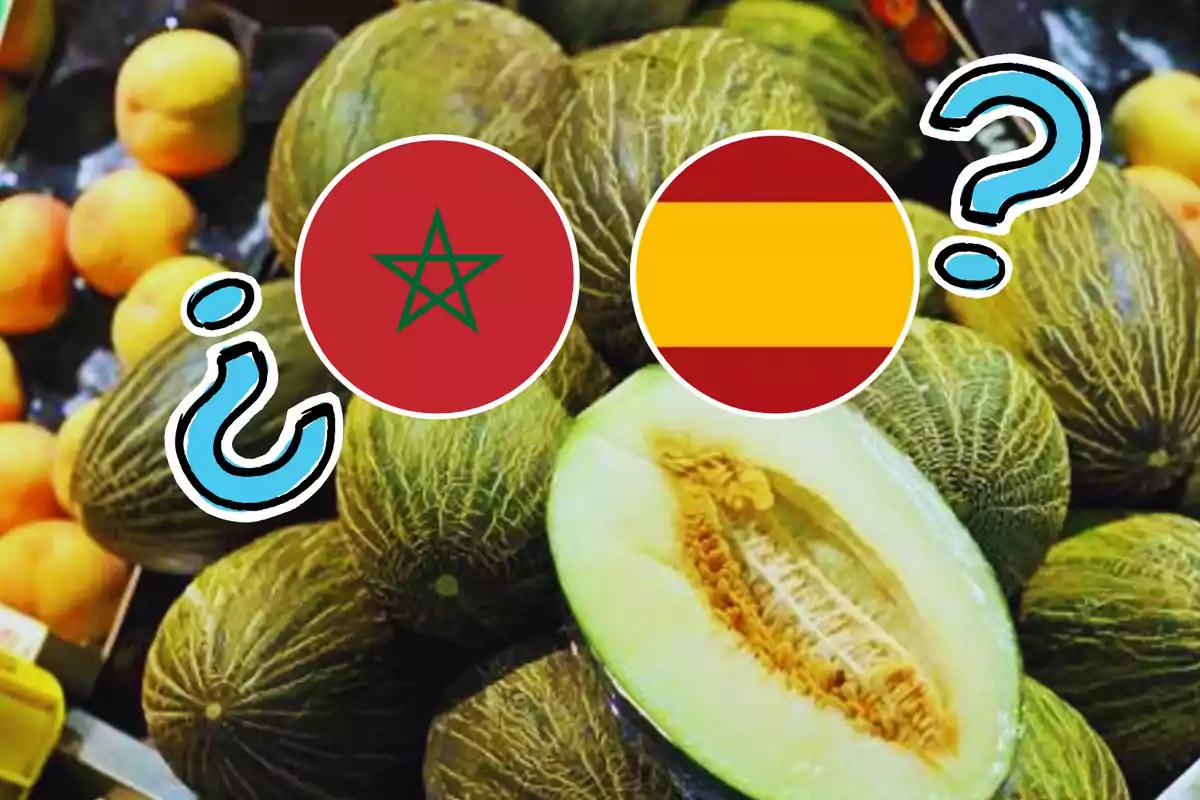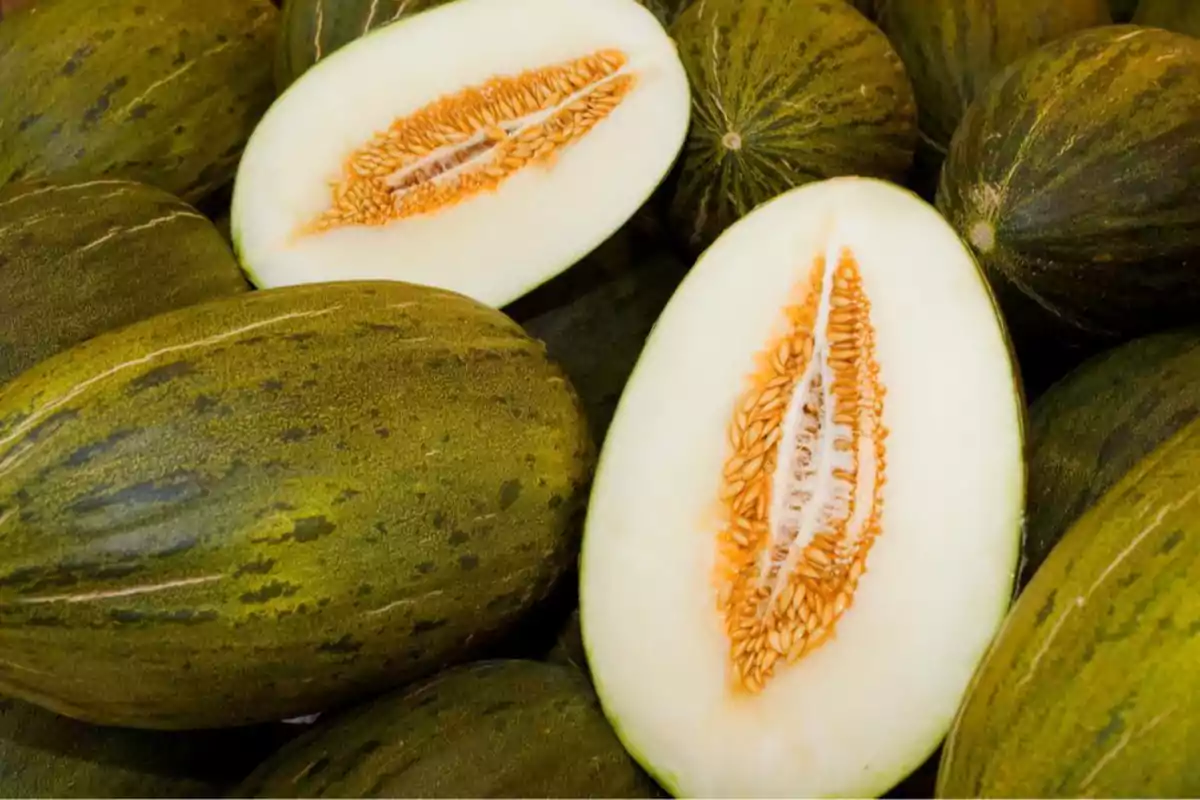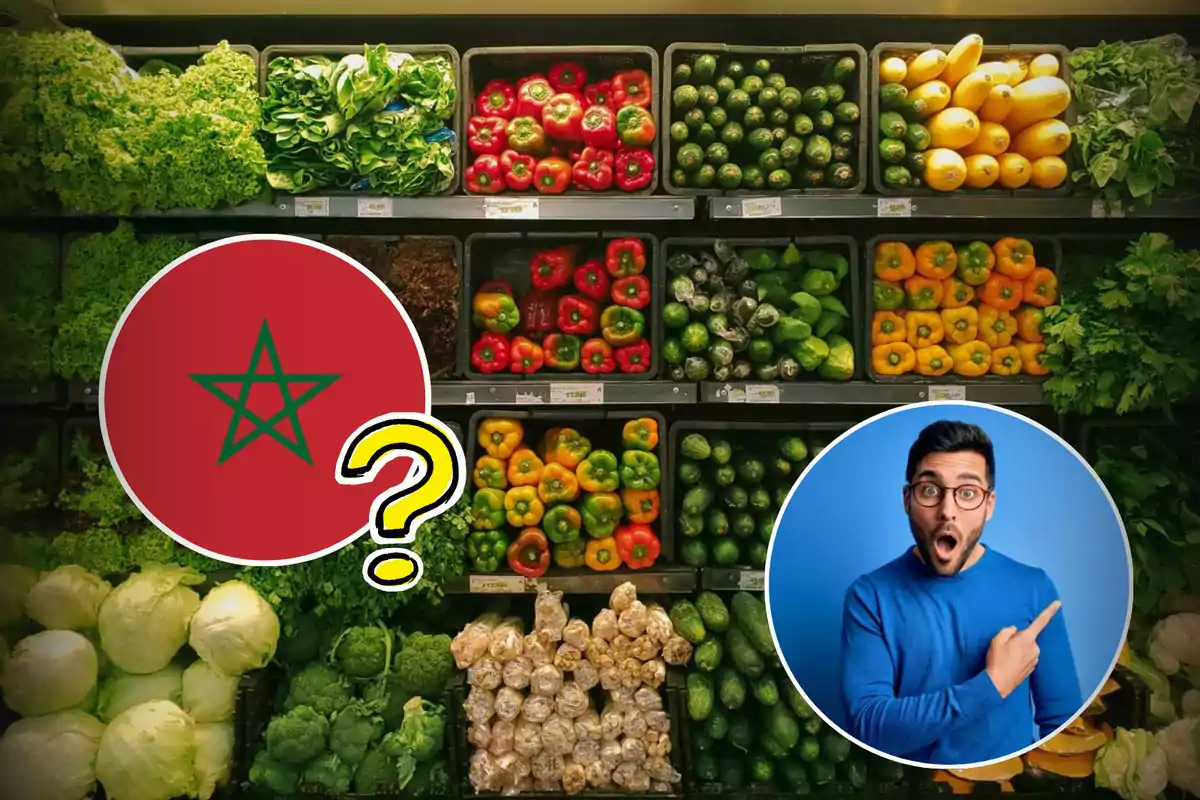
How to Differentiate if the Melons You Buy Are From Spain or Morocco?
Here's how you can identify the origin of melons in the supermarket
Determining the origin of the melons we purchase in supermarkets and fruit shops is a simple process if attention is paid to certain details on the labeling. Many consumers prefer domestic products due to the trust they generate. But if doubts arise about whether a melon comes from Spain or Morocco, the best option is to check its barcode.

The Trick with the Barcode
The EAN-13 system, widely used globally, allows identifying the origin of a product through the first two digits of its barcode. In the case of melons sold in Spain, these must start with numbers between 840 and 849. This indicates that they have been distributed by a company registered in the country.
However, this doesn't guarantee that the product was grown in Spanish territory, as it could have been imported and only marketed by a national company.

To distinguish between Spanish and Moroccan melons, it is also important to know Morocco's code, which starts with 611. Nevertheless, these numbers do not offer absolute certainty about the origin of the cultivation.
This is because companies can request their barcode from any GS1 entity, the international organization that regulates these standards.
Interest in the Origin of Melons Grows After Health Alerts
Interest in identifying the origin of melons has recently increased due to several health alerts. The European Union's Rapid Alert System for Food and Feed reported the presence of pesticide residues. This, at levels higher than allowed in melons imported from Morocco.
The pesticide in question, chlorpyrifos, is frequently used in agriculture for pest control. But its use is regulated in the European Union due to its potential health risks.
This situation is reminiscent of what recently happened with strawberries imported from Morocco, some of which arrived in Spain contaminated with hepatitis A. In that case, no clear explanations were offered by the authorities. This has increased consumer concern about the control of imported foods.
More posts: